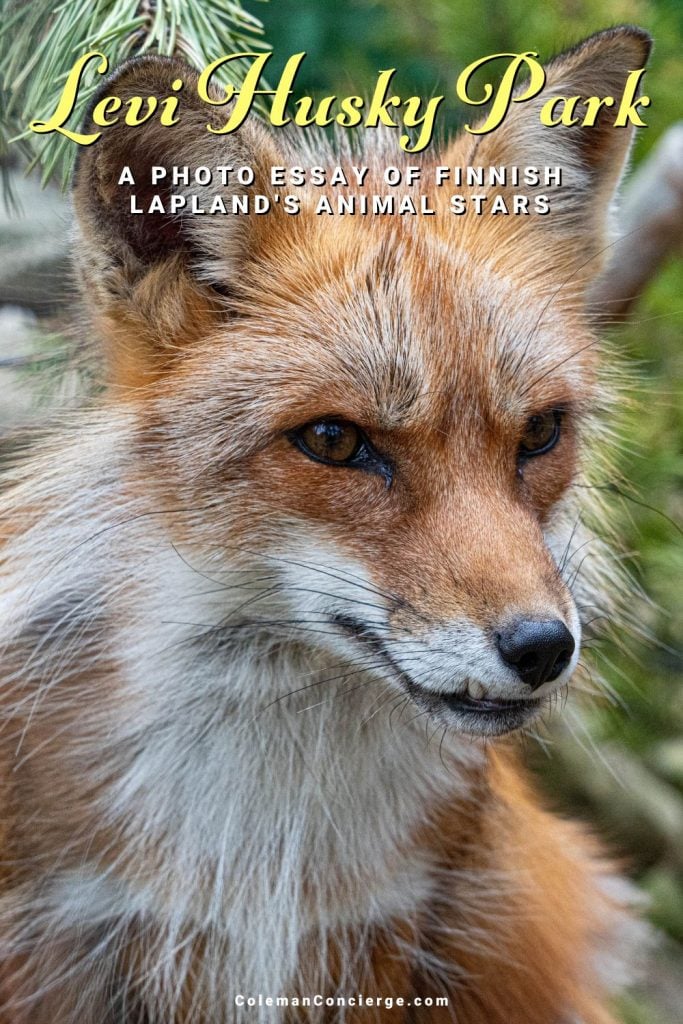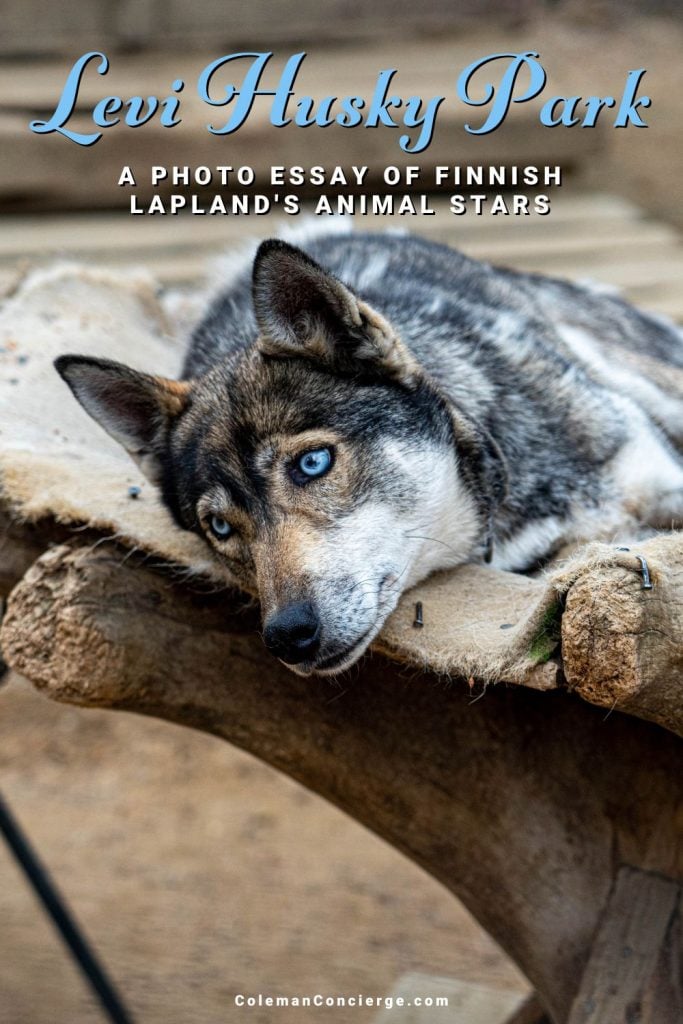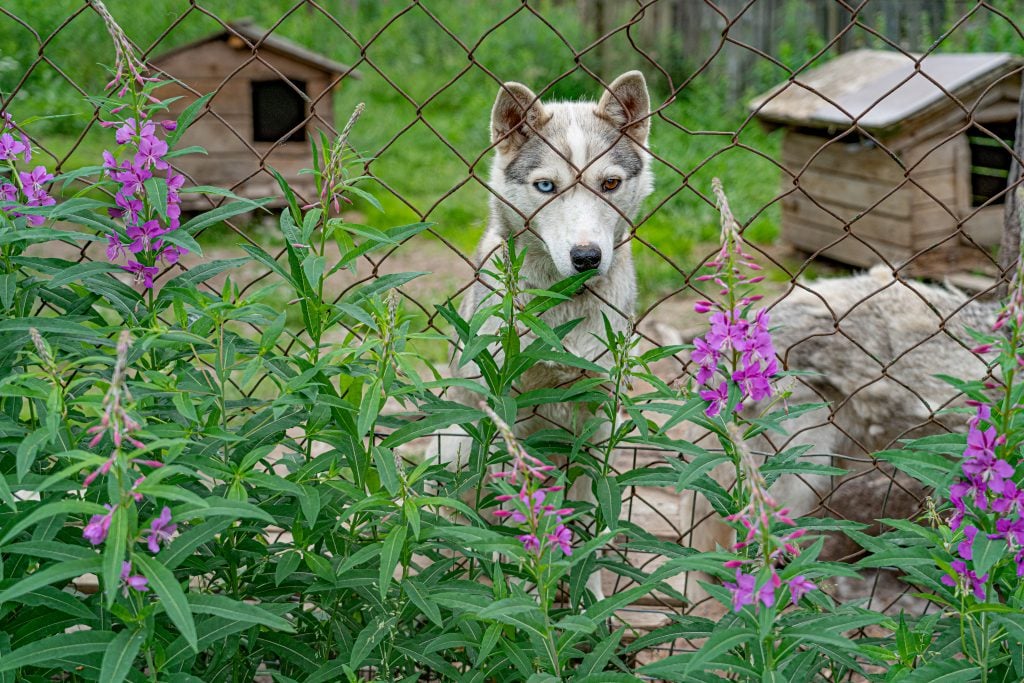
Levi Husky Park claims to be “a place where nature and modern people can safely meet each other in an environment respecting animals’ behaviour and their natural habitat.” Since we were north of the Arctic Circle in Levi, Finland, we welcomed the chance to see foxes, wolf dogs, reindeer, and huskies in their home, so we booked a guided tour of Levi Husky Park during the summer. Words wouldn’t do the visit justice, so we put together this photo essay to tell the story.
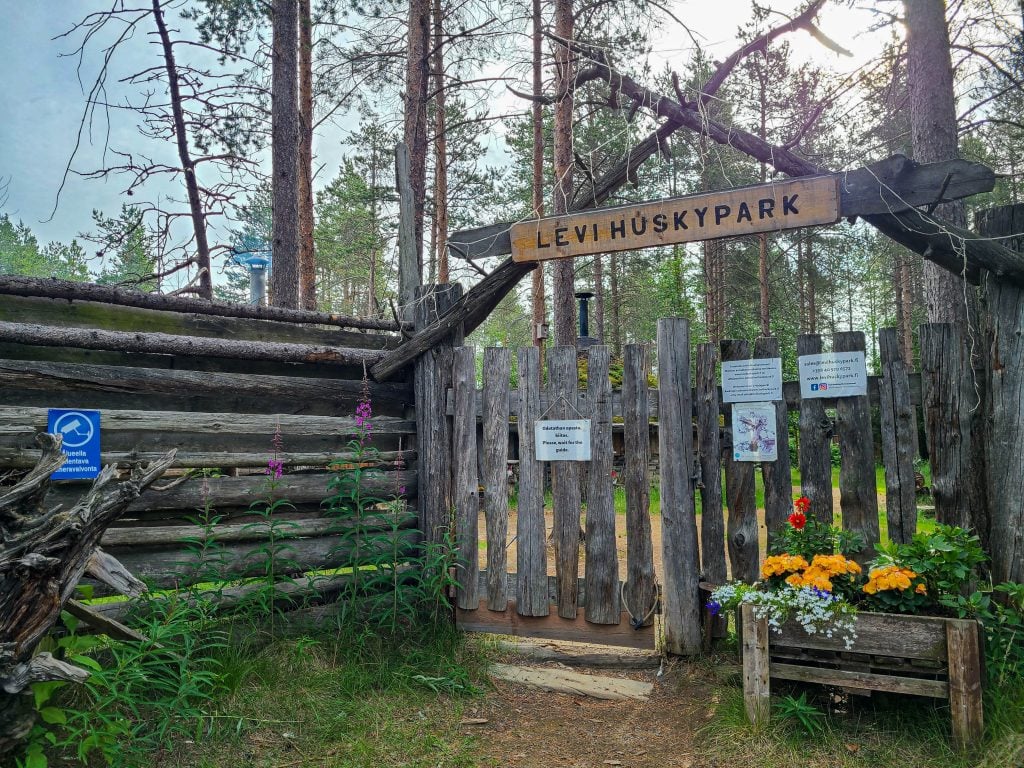
Levi Husky Park was only a 10-minute drive from the town of Levi, so it seemed like we had just left our hotel by the time we arrived at the gate. Things were quiet, to the point where we felt a little uncomfortable just walking through the gate. However, we were with a troop of travel writers assigned to cover Lapland adventures under the midnight sun, so we followed our most basic husky behavior and stuck with the pack.
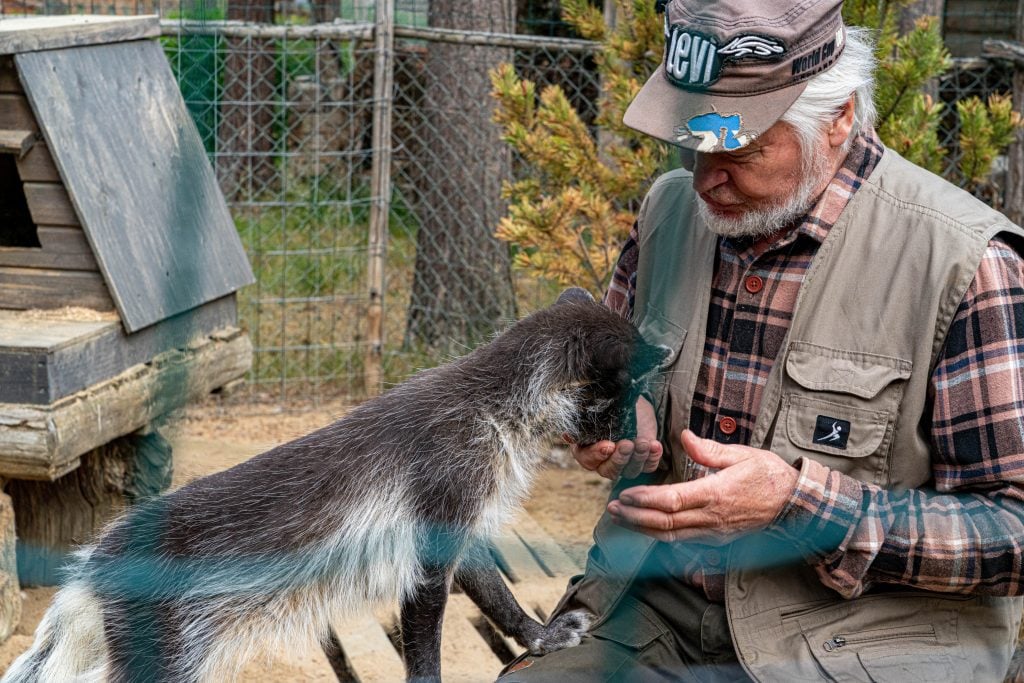
Mr. Reijo Jaaskelainen, the owner and head trainer at Levi Husky Park, was our guide for the day. He introduced us to Nappi, the Arctic Fox. I was expecting a big ball of white fluff, but instead, Nappi was…well…a little nappy. Arctic Foxes are wonderfully adapted to cold weather, to the point where the Finnish summer feels balmy, so they shed their distinctive white coat.
When we lived in San Diego, we had dozens of unsuccessful trips to the San Diego Zoo to see Arctic Foxes. We thought they were a myth or terribly shy, yet, not only did we see one in Levi, Reijo was in her cage feeding her.
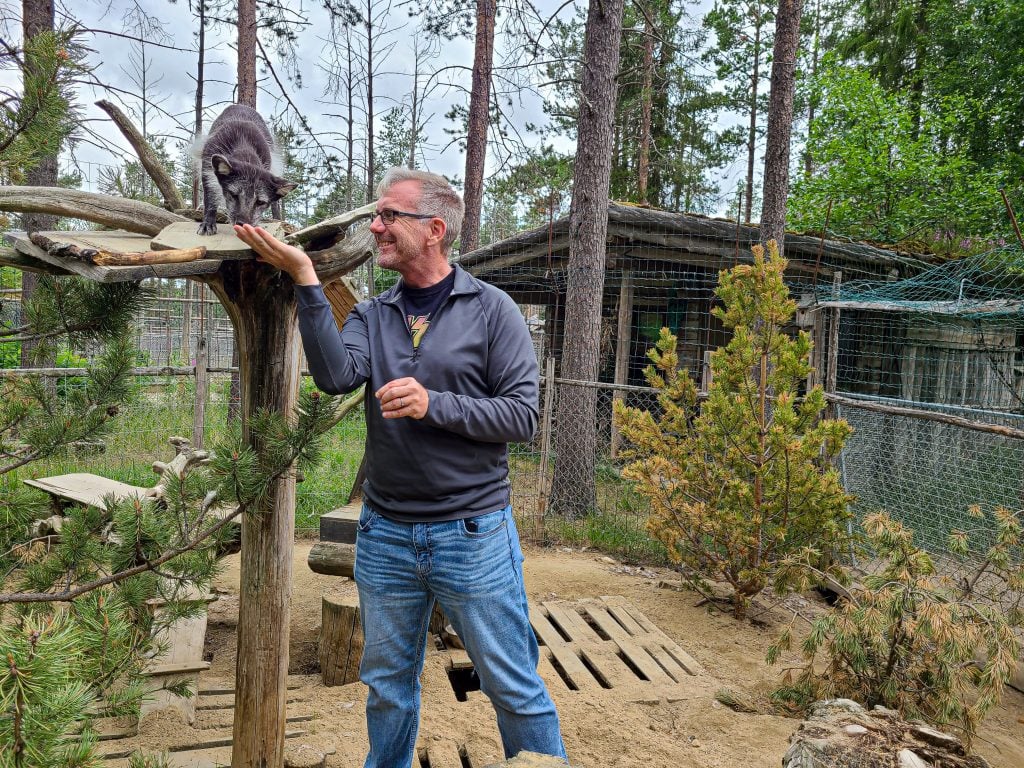
What happened next was one of those ‘only in Finland’ moments. Reijo asked if anybody wanted to feed Nappi, so I immediately volunteered. These creatures went from urban legends to real animals eating out of my hand in a few minutes.
I’m always conscious of animal interactions, but Reijo insisted that introduction to new people was a vital part of her training. Nappi isn’t a pet; she’s a movie star. More about that coming up….
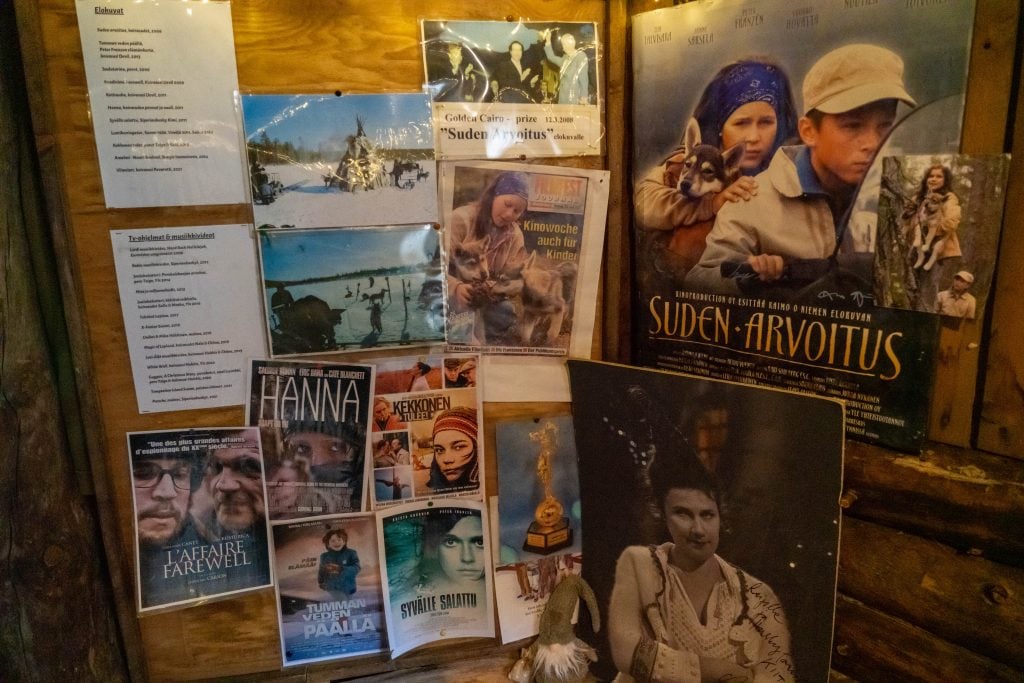
The park’s website lists about 15 feature films and 15 TV shows featuring animals from Levi Husky Park, but of course, there’s more. Why does this matter? First off, it’s a chance to feature Arctic animals in mainstream media so people can learn more about these magnificent creatures and their fragile environment. Secondly, it’s a resource for the burgeoning Finland film industry that showcases Finnish culture on the world stage. Finally, it’s a revenue stream for the park that allows them to continue their animal services. (more about this to come)…
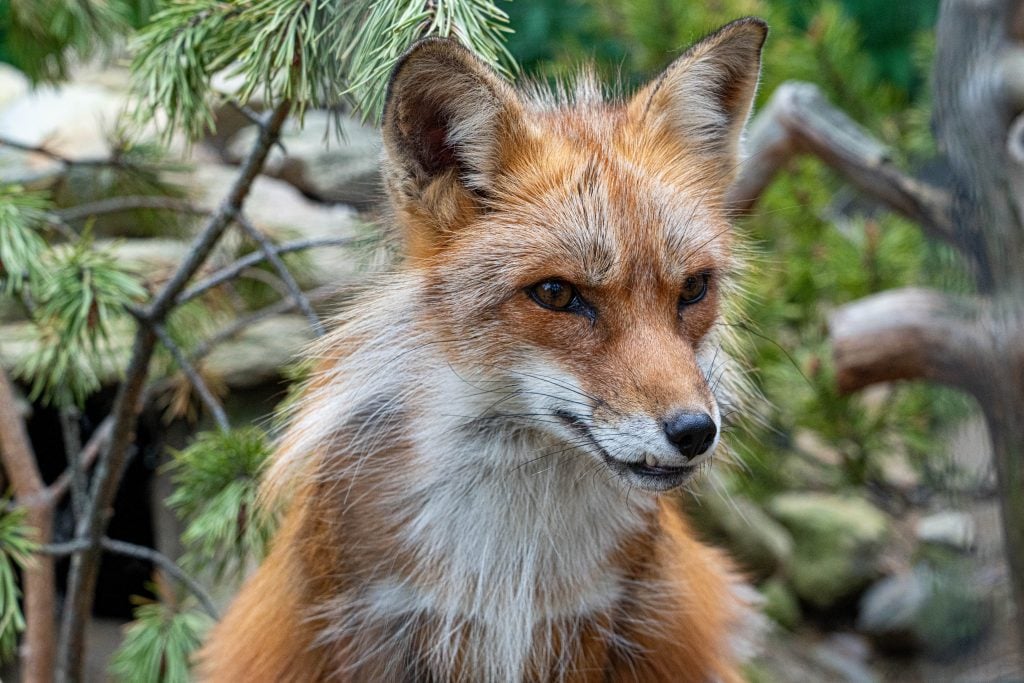
When you hear the word ‘fox’ or think of what a fox might say, you’re probably thinking about Red Foxes. They’re the most common variety of fox, and, with global warming, they’re starting to encroach on Arctic Fox’s territories. They’re less jittery and more aggressive than their Arctic cousins but still far from being domestic animals.

One thing Red Foxes and Arctic Foxes share is that they shed their winter coats. Of course, this is true for many Arctic animals. However, you can see how even after the summer solstice, this Red Fox family hasn’t fully shed their winter coat. That’s just one more example of how Red Foxes aren’t as cold weather adapted as other animals in the park.
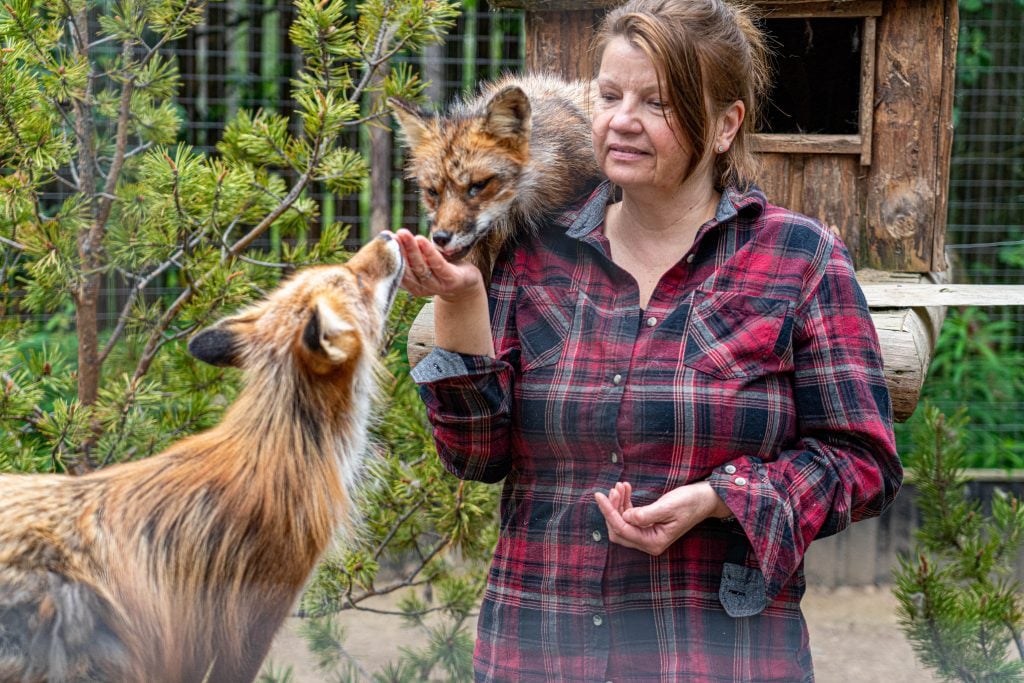
Levi Husky Park trains their animals in very humane ways as well as ethically finding animals to bring to the park. These foxes were rescued from an apartment in Helsinki, where they learned their signature trick. Their original owner used to feed them as he watched TV. Levi Husky Park not only provided them with an appropriate forever home, but they also crafted an unusual socialization routine based on their existing habits.
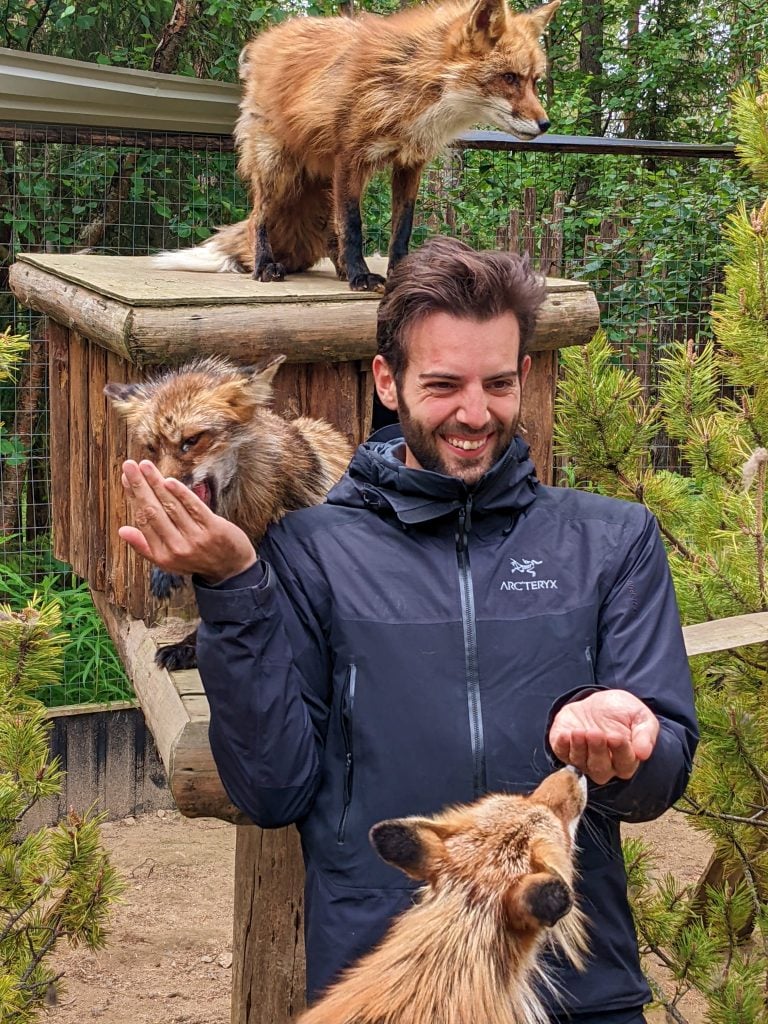
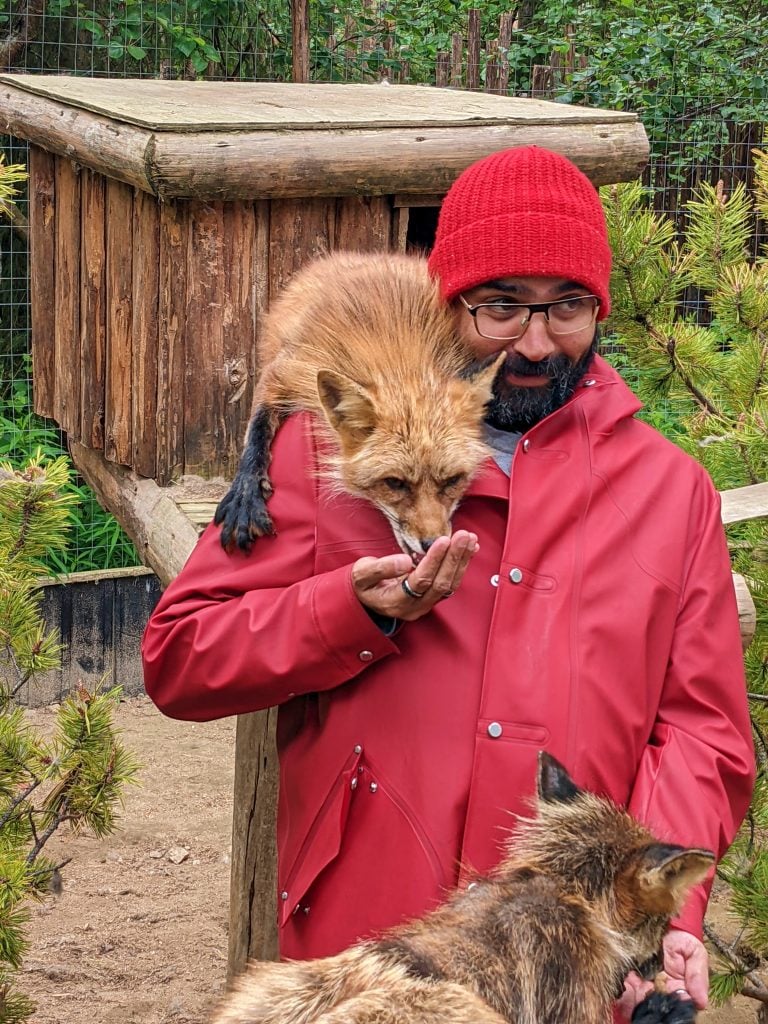
Of course, I wanted in on the action, but the foxes wouldn’t play with me. I had already walked around the corner to the wolf dogs, and foxes are instinctually fearful of that scent. I tagged out and let my compatriots try, and you can see the results. Just like in high school, the foxes dug the other dudes, lol!
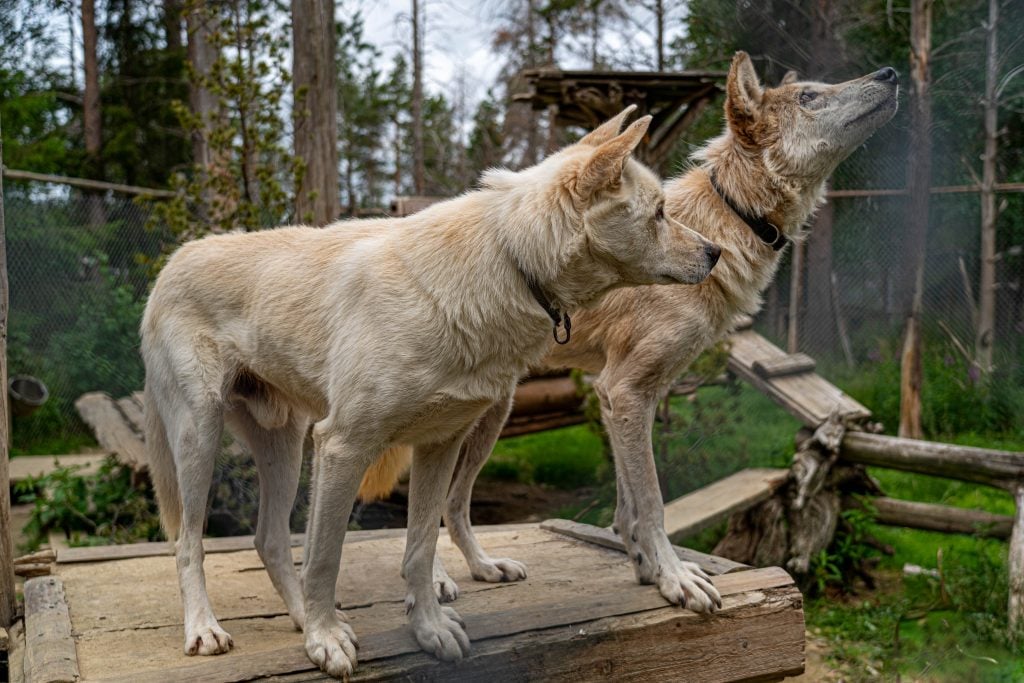
Levi Husky Park’s wolf dogs are rescue animals as well. Only, their lineage began with a single full-bred wolf, which had no business living in a city, let alone a residential home. That wolf sired the next generation of half-wolf / half-dog, which, in turn, sired the park’s quarter-wolf stock. As you can see, they still look enough like wolves to pass in movies (especially with their winter coats), but they are much more social and trainable than purebred wolves.

Of course, with so much diversity in dog/wolf breading, there are many flavors of wolf dogs. Of course, the public rarely sees purebred wolves in movies, and even the same animal looks radically different depending on the time of year.
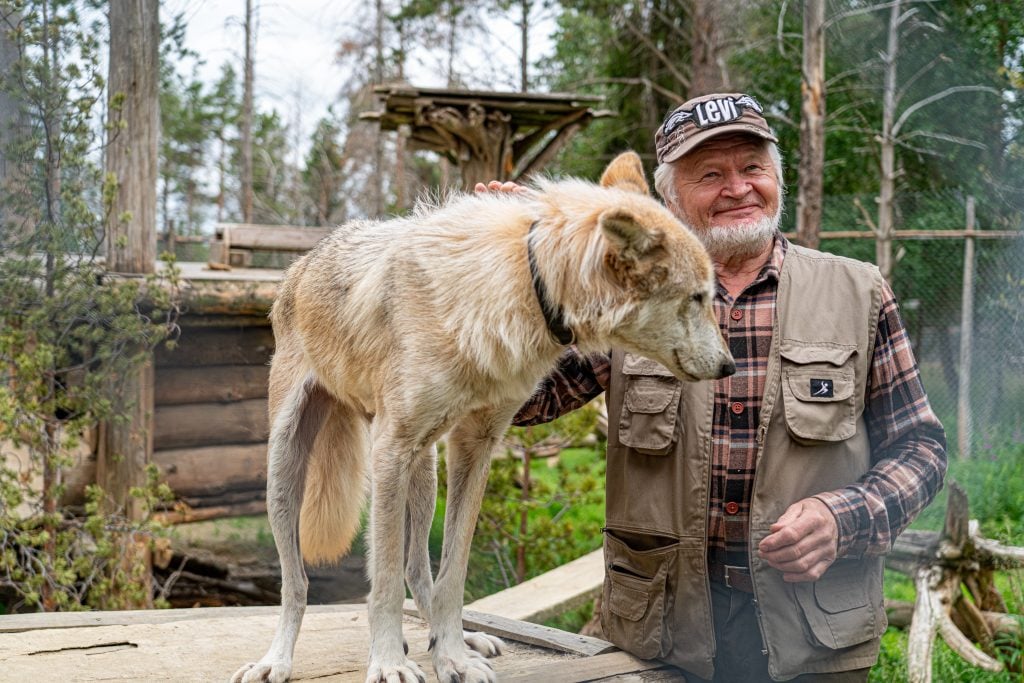
Reijo let us in on a secret on how you can tell a dog from a wolf – it’s in their chomp. Wolfs make a distinctive ‘chomping’ sound when they snap food out of the air. This is a fun piece of trivia, but if you’re out in the forest, you should determine if you’ve encountered a wolf or dog before you hear their teeth. LOL.
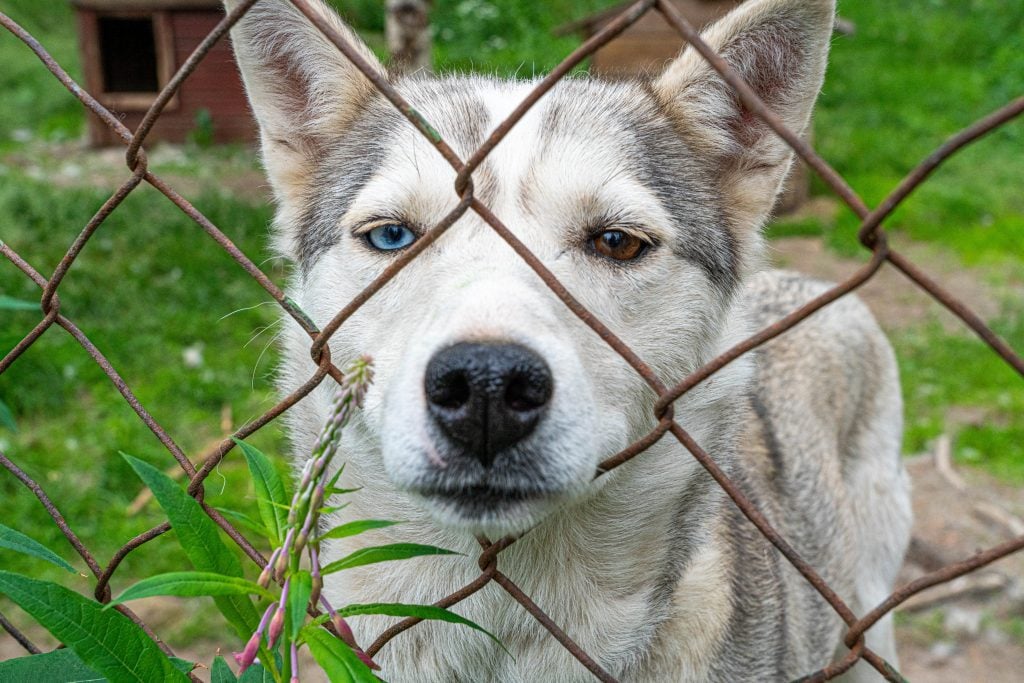
After visiting a menagerie of Arctic animals, we got to meet the park’s namesake purebred Siberian huskies. Everybody loves Husky’s eyes, with their distinctive almond shape and a propensity towards being sapphire blue. Blue and brown are the two most common eye colors, each recognized as a breed standard and encompassing 40% of the population. However, 10% of huskies have one eye of each color. These bi-colored huskies are somewhat rare but absolutely beautiful.
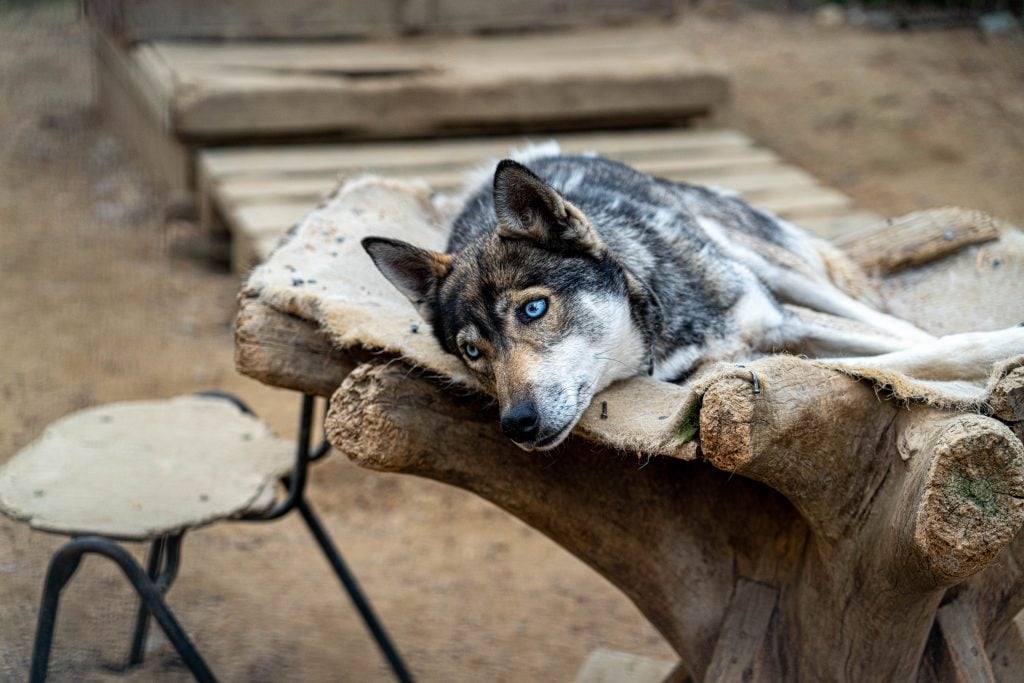
The huskies let us know it was the dog days of summer. They weren’t panting or uncomfortable, but they weren’t exerting extra energy either.
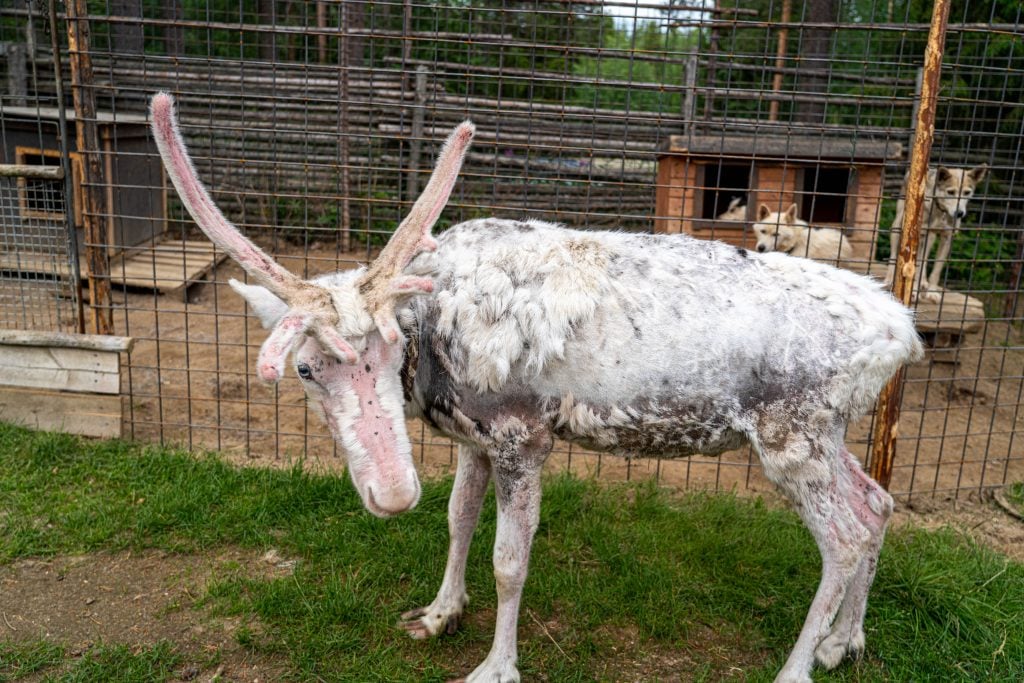
The park’s brightest star is Taigo, the pure white reindeer. In winter, she has a line of suitors hoping for a reindeer kiss. In the summer, she sheds all her beautiful fur to regulate her temperature. It’s kind of like a National Enquirer expose about a Hollywood star on a bender before they disappear into rehab. Only, Taigo is perfectly healthy. She just doesn’t command the star power she does when her coat fills out.
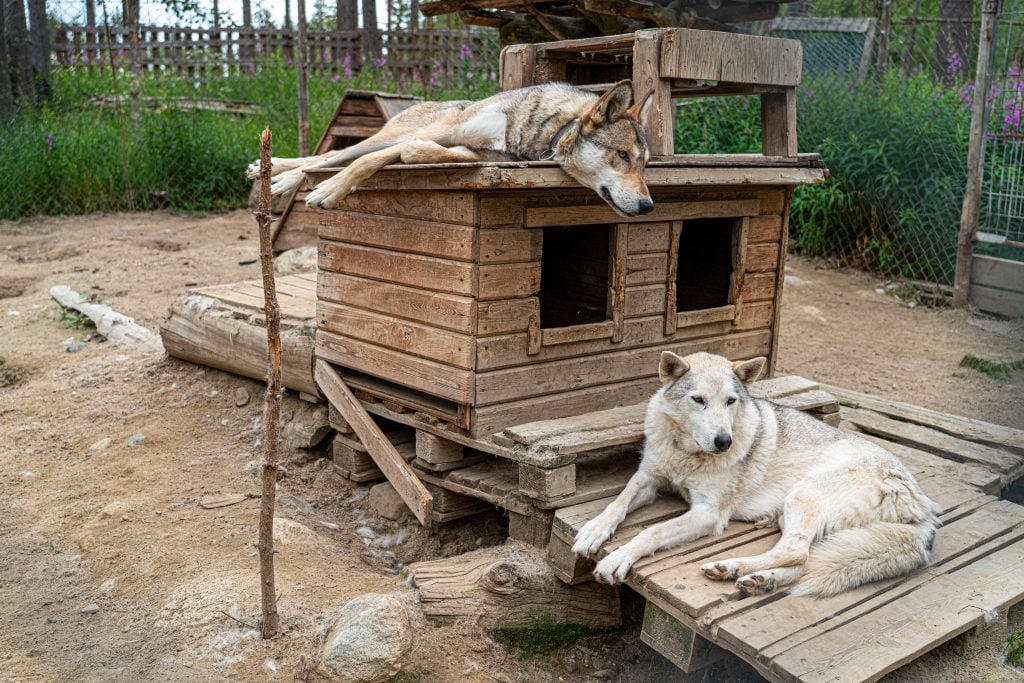
As we walked around a series of enclosures, Reijo explained how much the huskies love to run and how they’re continually building larger enclosures and rotating which team gets to play in them. I looked into their almond eyes and could imagine that they’d be ready to play if it were a little cooler. However, they were delighted to while away the dog days of summer.
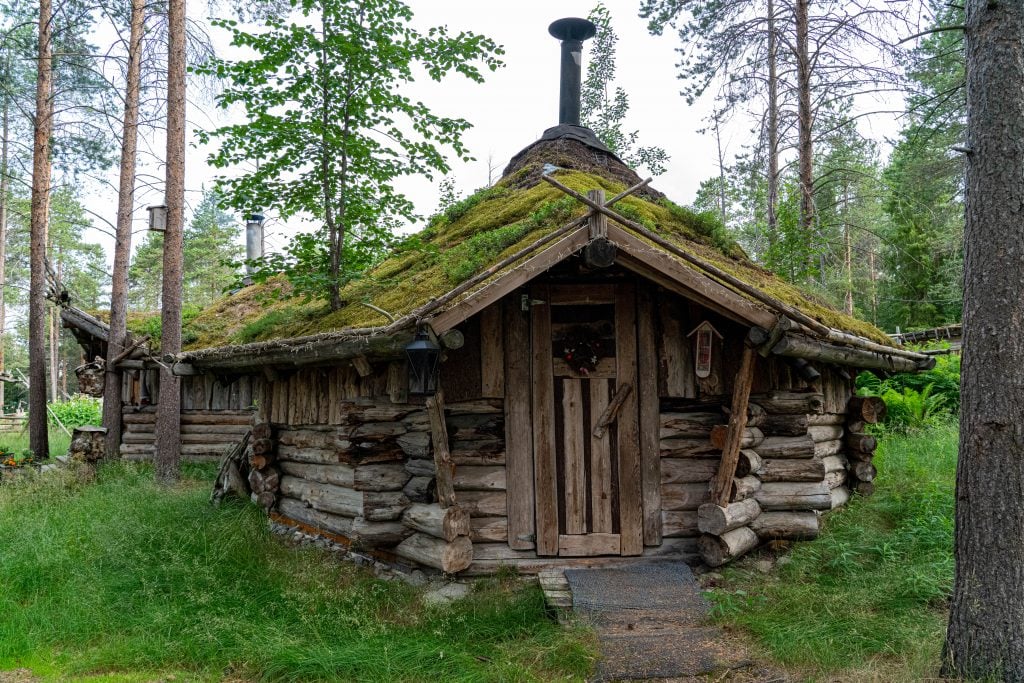
After our guided tour, we entered a traditional Finnish lodge for refreshments. Looking at the distinctive architecture, I began to realize how integral places like Levi Husky Park were in preserving Lapland culture. The animals and architecture are adapted for arctic life in particular ways. The low design and small windows weren’t ideal for a summer day, but they were perfect for staying snug and warm during the winter.

Once inside, we saw Reijo’s impressive trophy collection from dog sled racing. He has been breeding, training, and racing Siberian Huskies for over 40 years with his team, Polar Speed. They have won several Finnish and Nordic championships and successfully participated in competitions in the Alps and Pyrenees. You can find Siberian Huskies originating from the Polar Speed Kennel throughout Europe.
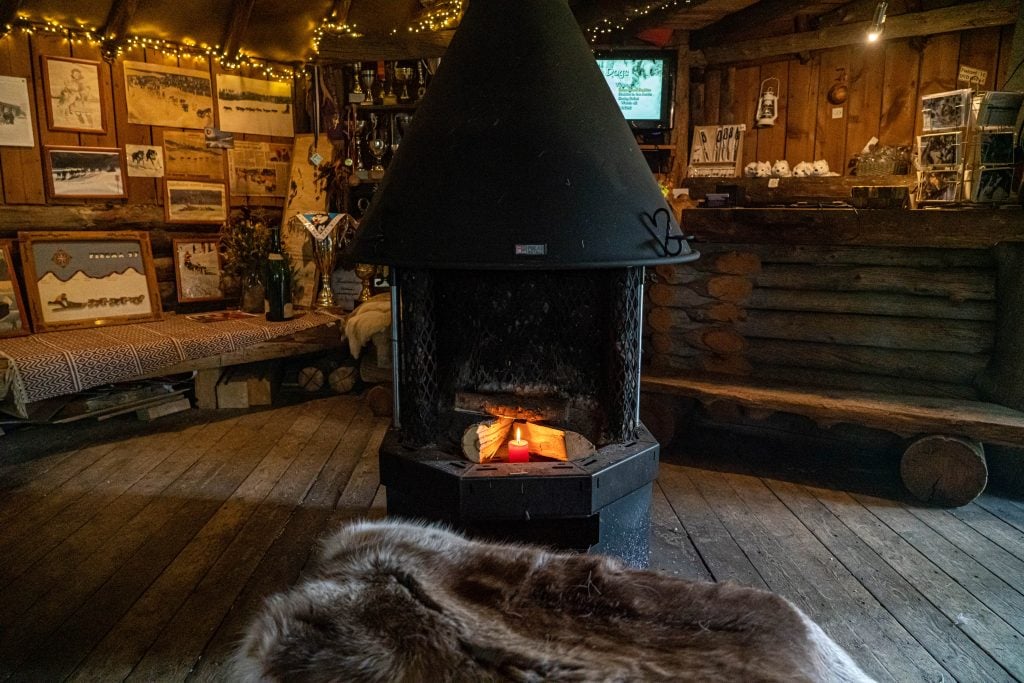
As I explored the lodge, drinking hot chocolate and munching gingerbread cookies, I reflected on my tour. I imagined what it must be like here during the height of winter. The animals would be resplendent in their winter coats, but I wonder if we’d have the time to explore and make the same connection. Summer in Lapland is for chasing the midnight sun and outdoor adventures, but it’s also an opportunity to see arctic life when the snow melts – from the flowers flourishing in the fleeting light to half-naked reindeer.
Disclosure: A big thank you to Levi Finland for hosting us and setting up a fantastic itinerary! For more travel inspiration check out Levi’s Instagram, Facebook, and YouTube accounts.
As always, the views and opinions expressed are entirely our own, and we only recommend brands and destinations that we 100% stand behind.
Like it? Pin it for later on Pinterest!
